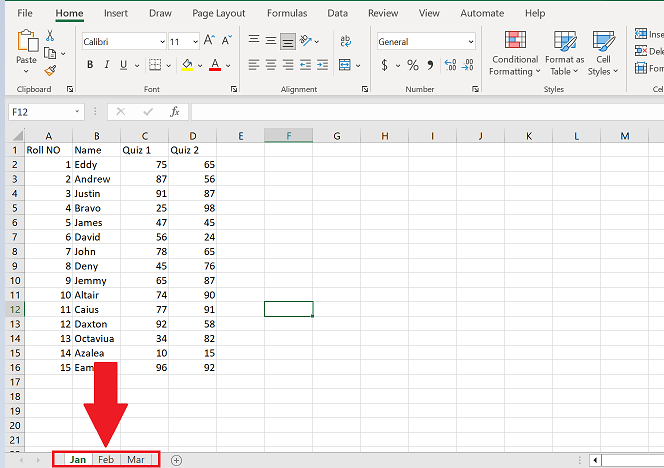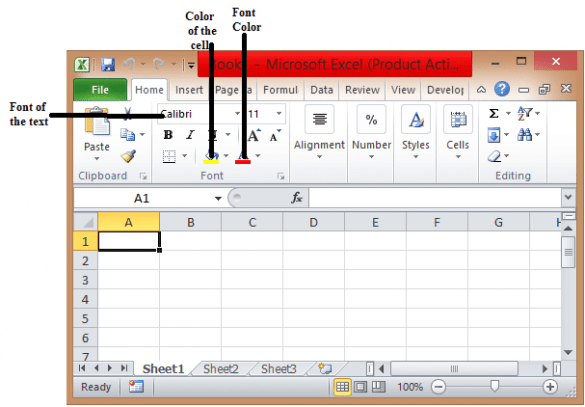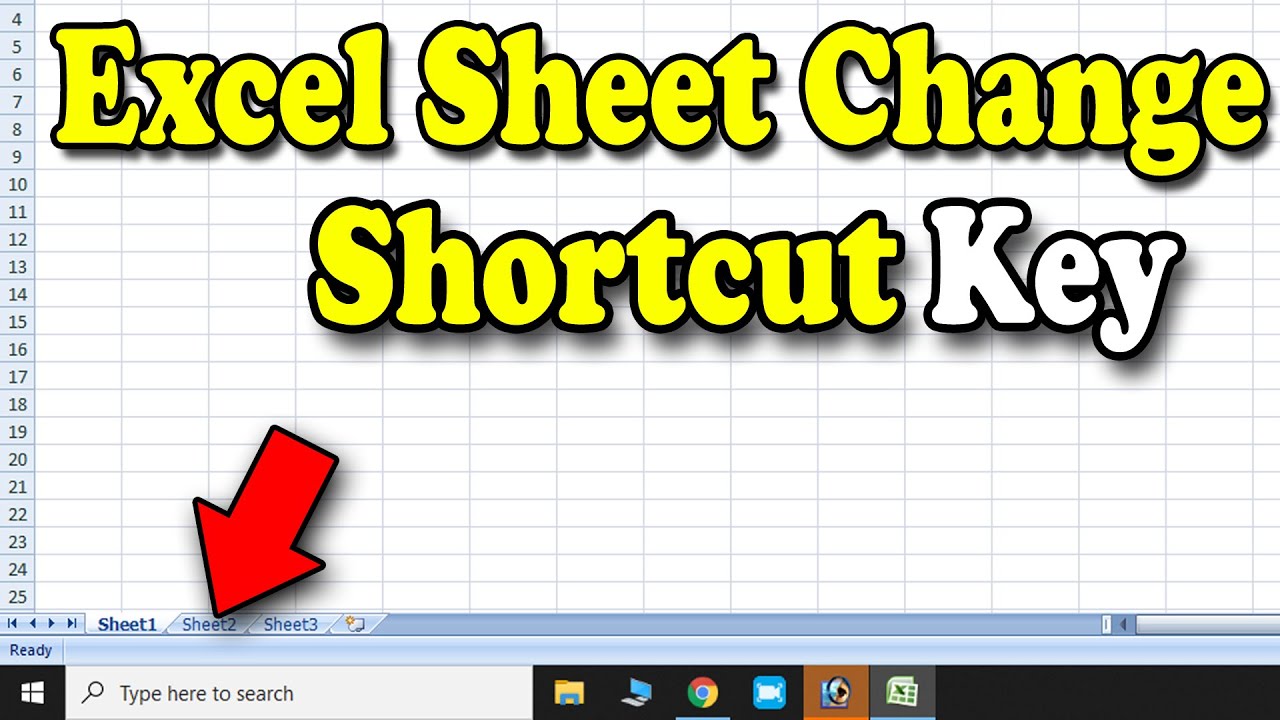Activate Any Excel Sheet Quickly and Easily

Excel sheets are a staple for data management and analysis in businesses, educational institutions, and personal use. The ability to activate, or rather to switch or open sheets quickly, can significantly enhance productivity. This post will guide you through various methods to activate any Excel sheet with ease, ensuring that you navigate through your workbook without any hassle.
Understanding Excel Sheets

Before diving into the activation methods, let’s understand the anatomy of Excel:
- Workbook: This is the entire Excel file that contains your data.
- Worksheet: Individual sheets within a workbook. Each worksheet can be thought of as a tab or page within your Excel file.
- Activating a Sheet: Switching from one sheet to another is what we mean by activating a sheet.
🔍 Note: Throughout this post, the term "sheet" refers to a "worksheet" in Excel, not a VBA code sheet.
Manual Methods to Activate Sheets

Here are the simplest ways to manually activate sheets:
- Click the Tab: Simply click on the sheet tab at the bottom of your Excel window.
- Right-Click Context Menu: Right-click on any sheet tab, and you’ll see a list of all sheets. Click on the one you want to activate.
- Navigational Keys: Use the Ctrl + Page Up or Ctrl + Page Down keys to cycle through your sheets.
Using VBA to Enhance Sheet Activation

For those familiar with VBA (Visual Basic for Applications), here are some code snippets to automate sheet activation:
| VBA Code | Description |
|---|---|
|
Activates the worksheet named "Sheet1" |
|
Similar to activate, but selects the sheet |
|
Selects the third sheet in the workbook |

💡 Note: Ensure you replace "Sheet1" with the actual name or index of your desired sheet when using the above VBA codes.
Quick Access to Commonly Used Sheets

If you frequently access certain sheets, consider these approaches:
- Create Shortcuts: You can manually create shortcuts using VBA to open specific sheets with custom keys.
- Reorder Tabs: If your common sheets are grouped together, rearranging them can make them easier to find and activate.
Using Excel’s Custom Ribbon

Another sophisticated approach to quick sheet activation involves customizing Excel’s ribbon:
- Go to File > Options > Customize Ribbon.
- Create a new tab or choose an existing one, and add a group to it.
- Add a Button in the group, and assign a VBA macro to it that activates your desired sheet.
Final Thoughts

Having covered a variety of methods for activating Excel sheets, it’s clear that both manual and automated solutions exist to streamline this process. Whether you opt for a simple click, a keyboard shortcut, or a VBA-powered solution, the key is to choose the method that aligns with your workflow for maximum efficiency. Remember, efficient navigation through your workbook can save you time and reduce errors, thus enhancing your productivity in Excel.
Can I activate sheets based on specific criteria?

+
Yes, with VBA you can set up macros that activate sheets based on conditions like cell values, dates, or specific sheet names.
How can I switch back to a previously active sheet?

+
You can use Ctrl + PgUp or Ctrl + PgDn to cycle back to the previously active sheet if you’ve only moved one sheet. Otherwise, using a VBA macro that stores the previously active sheet can help.
What if I need to activate sheets in a specific order?

+
VBA can be programmed to follow a list or array of sheet names, activating them in sequence or based on specific conditions.



